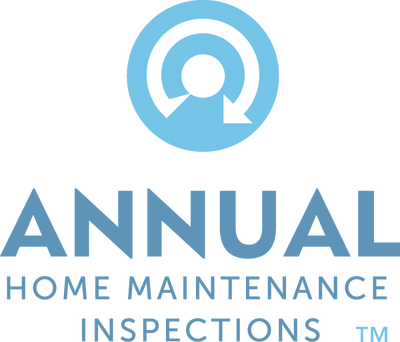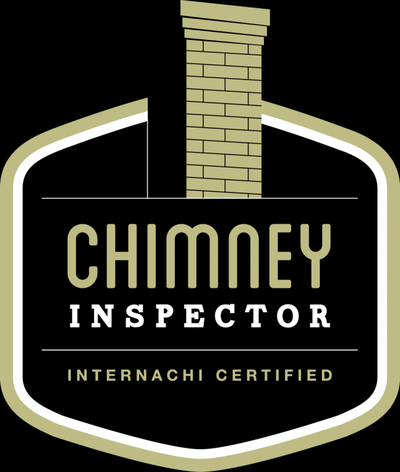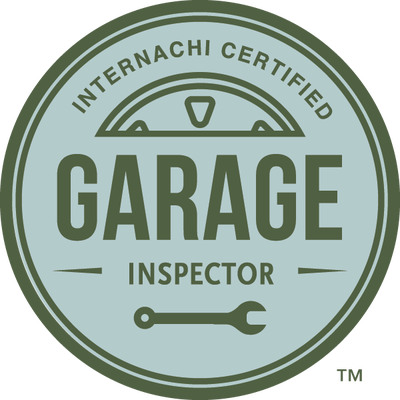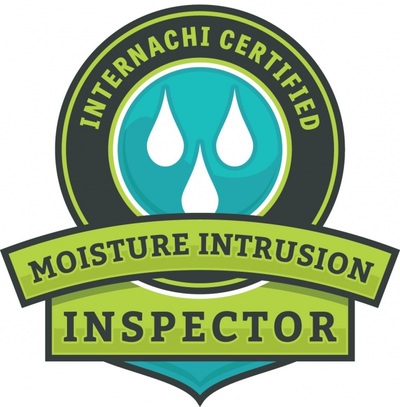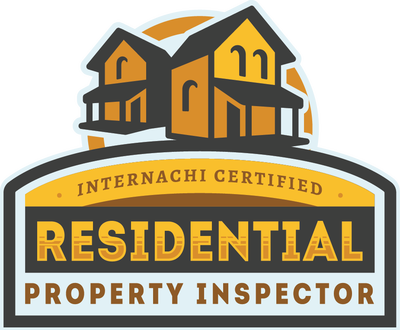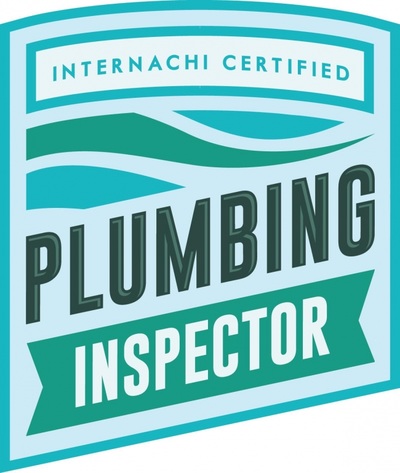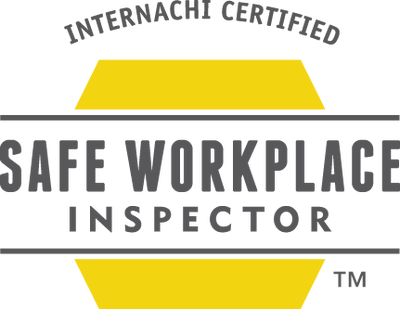|
Home inspectors are often asked by their clients if they should have their home tested for radon. Real-world loss-of-life comparisons help consumers decide about whether or not they should test. If you are worried about shark attacks, getting trampled by cows, or terrorism, you should be worried sick about radon. These statistics help put things in their proper perspective so that your clients can decide if they want a radon test or not. Here is a downloadable PDF that inspectors can give to their clients onsite to help them decide if they should get a radon test: https://www.nachi.org/documents2012/radon-deaths-chart.pdf DEATHS PER YEARNumber CauseSource 611,105 Heart Disease -Centers for Disease Control (2015) 584,881 All Cancers -Centers for Disease Control (2015) 160,000 Smoking -American Cancer Society (2004) 88,000 Alcohol Use- Centers for Disease Control (2015) 51,783 Colon Cancer -Centers for Disease Control (2015) 40,290 Breast Cancer -National Cancer Institute (2015) 41,149 Suicide -Centers for Disease Control (2014) 32,719 Motor Vehicle Accidents -Insurance Institute for Highway Safety (2013) 29,500 Falls -National Safety Council (2013) 22,767 Prescription Drug Overdoses -National Institute on Drug Abuse (2013) 21,840 Leukemia U.S.- EPA (2010) 21,530 Lymphoma U.S. -EPA (2010) 21,000 Lung Cancer from Radon Gas U.S. -EPA 16,121 Homicides -Centers for Disease Control (2013) 14,775 Illegal Drug Overdoses -National Institute on Drug Abuse (2013) 13,712 AIDS -Centers for Disease Control (2012) 11,208 Firearm Homicides Centers for Disease Control (2013) 8,257 Heroin Overdoses -National Institute on Drug Abuse (2013) 4,944 Cocaine Overdoses -National Institute on Drug Abuse (2013) 3,880 Drowning -Centers for Disease Control (avg. 2005-2009) 3,005 Fires -U.S. Fire Administration (2011) 3,000 Secondhand Smoke -U.S. EPA 2,500 Choking -National Safety Council (2009) 1,690 Thyroid Cancer -U.S. EPA (2010) 630 Bicycle Accidents -National Safety Council (2009) 618 Excessive Heat -Centers for Disease Control (avg. 1999-2010) 606 Firearm Accidents -Law Center to Prevent Gun Violence (2010) 376 ATV Accidents -National Safety Council (2009) 300 Ladder Falls -International Association of Certified Home Inspectors 170 Carbon Monoxide -Consumer Product Safety Commission 104 Wind (including tornadoes) -National Oceanic and Atmospheric Administration (2012) 100 Scalding Tap Water -Johns Hopkins Bloomberg School of Public Health (2013) 100 Bee Stings -Boston Children's Hospital 72 Terrorist Attacks -FBI (avg. 1970-2015) 26 Lightning -National Oceanic and Atmospheric Administration (2014) 20 Dangerous Cows -Centers for Disease Control (2009) 15 Falling Icicles- Death in Society Research Foundation 12 High School and College Football Injuries -National Center for Catastrophic Sports Injury Research (2013) 2 Vending Machines Accidents -U.S. Consumer Product Safety Commission 1 Shark Attacks -Mother Nature Network (2012) 0 Marijuana Overdoses -Numerous sources 0 Nuclear Power Plant Leaks -Numerous sources Craftsman Home Inspections llc is a home inspection and Radon Testing company proudly serving the Aurora CO and Denver CO Metro Areas. If you are looking for a Home Inspector in Aurora or Denver, please give us a call at 720-593-0383 or check us out online at CraftsmanColorado.com or simply schedule your home inspection below.
SCHEDULE INSPECTION
0 Comments
by Nick Gromicko and Kenton Shepard 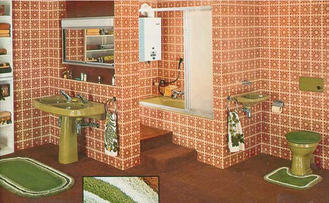 Carpeted bathrooms are bathrooms that have carpeted floors instead of traditional floor surfaces, such as tile or vinyl. Despite their tendency to foster mold and bacteria, carpets are sometimes installed in residential bathrooms for aesthetic purposes. Carpets should never be installed in bathrooms in commercial buildings. Advantages of Carpets in Bathrooms
The pad beneath the carpet may soak up large amounts of moisture. Some of the common ways that carpets may come into contact with moisture in bathrooms include:
In addition to potential mold growth beneath the carpet, bacteria can accumulate in carpeting that surrounds the toilet. Bacteria are contained in urine, which can be accidentally deflected onto the carpet. Carpeted Bathrooms in Commercial Buildings It is against code to install carpet in commercial bathrooms. The 2007 edition of the International Building Code (IBC) states the following concerning carpeted bathrooms in commercial buildings: In other than dwelling units, toilet, bathing and shower room floor finish materials shall have a smooth, hard, nonabsorbent surface. The intersections of such floors with walls shall have a smooth, hard, nonabsorbent vertical base that extends upward onto the walls at least 4 inches (102 mm). Recommendations for Clients The following are recommendations that InterNACHI inspectors can pass on to clients who are experiencing urine- or moisture-related problems with their bathroom carpet:
In summary, carpets installed in bathrooms can trap moisture and urine, substances that can cause structural damage and health problems. Craftsman Home Inspections llc is a home inspection and Radon Testing company proudly serving the Aurora CO and Denver CO Metro Areas. If you are looking for a Home Inspector in Aurora or Denver, please give us a call at 720-593-0383 or check us out online at CraftsmanColorado.com or simply schedule your home inspection below.
SCHEDULE INSPECTION by Nick Gromicko and Ethan Ward The Dangers of Mold Molds produce allergens, which are substances that can cause allergic reactions, as well as irritants and, in some cases, potentially toxic substances known as mycotoxins. Inhaling or touching mold or mold spores may cause allergic reactions in sensitive individuals. Allergic responses include hay fever-type symptoms, such as sneezing, runny nose, red eyes, and skin rash (dermatitis). Allergic reactions to mold are common. They can be immediate or delayed. Molds can also cause asthma attacks in people with asthma who are allergic to mold. In addition, mold exposure can irritate the eyes, skin, nose, throat and lungs of both mold-allergic and non-allergic people. Symptoms other than the allergic and irritant types are not commonly reported as a result of inhaling mold, but can also occur. Carpet at Risk Carpeting is an area of the home that can be at high risk for mold growth. In order to grow, mold needs moisture, oxygen, a food source, and a surface to grow on. Mold spores are commonly found naturally in the air. If spores land on a wet or damp spot indoors that contains dust for them to feed on, mold growth will soon follow. Wall-to-wall carpeting, as well as area rugs, can provide an ample breeding ground for mold if conditions are right. At especially high risk for mold growth are carpeting located below ground level in basements, carpet in commonly moist or damp climates, and carpet that has been wet for any period of time. Identifying Mold in Carpeting Just because mold is not immediately apparent or visible on a carpet's surface does not mean that mold growth is not in progress. In fact, mold will probably only be visible on the surface of carpets in unusually severe cases of growth, such as carpet damaged in flooding that has remained wet for some time. The following are some examples of identifiable instances where mold growth has occurred or is likely to occur:
The best method for combating mold is to not allow mold growth in the first place. The best way to do so is by ensuring that conditions conducive to growth do not exist. Below are some ways to prevent mold growth in carpets.
In many cases, if mold has grown on carpet, cleaning will not be possible. If growth has occurred on more than one area of the carpet, or if there is a large area of growth, the carpet will probably need to be replaced. Small areas of growth that have been quickly identified can sometimes be dealt with. Detergent and water used with a steam-cleaning machine may be enough to clean the carpet thoroughly. It is then important to ensure that the carpet dries completely after cleaning to prevent the growth from recurring. Stronger cleaning agents can be substituted if detergent does not work. Anything stronger than detergent or common rug-cleaning products should first be tested on an inconspicuous area of the carpet to ensure that the rug will not be damaged during cleaning. About 24 hours is a reasonable amount of time to wait after testing to be sure that wider cleaning will not discolor or damage the carpet. Another option in instances where mold growth is not widespread is to remove the ruined section of the carpet. If cleaning has been attempted unsuccessfully, the area of mold growth may be removed and replaced with a patch of similar carpet. Of course, this will only work in situations where aesthetics are not a big concern, since exactly matching the patch to the original carpet may be difficult and the seam may be visible. If mold has grown in more than one area of the carpet, or if the area of growth is larger than a couple of feet, this will probably not be an effective method of mold removal. As with all areas of the interior at risk for mold growth, prevention is the best method of control for carpet mold. Eliminating high-moisture conditions and preventing the risk of flooding or standing water will reduce the possibility of growth. Inspectors will want to know where to look for and how to identify mold growth in carpeting. It is also helpful to know how to determine if carpet should be replaced, or whether there is a possibility of cleaning and saving it. Craftsman Home Inspections llc is a home inspection and Radon Testing company proudly serving the Aurora CO and Denver CO Metro Areas. If you are looking for a Home Inspector in Aurora or Denver, please give us a call at 720-593-0383 or check us out online at CraftsmanColorado.com or simply schedule your home inspection below.
SCHEDULE INSPECTION by Nick Gromicko Carpet beetles are household pests capable of destroying various household items. Inspection and knowledge of their habits can prevent costly destruction. Life Cycle and Habits Female carpet beetles will lay 50 to 100 small, pearly-white eggs on protected surfaces near a food source, such as the lint around baseboards, in the ductwork of hot-air furnace systems, and on wool clothing in storage. Larvae emerge once the eggs hatch after six to 11 days in warm weather, although they may require more time in cool weather. The larval life spans between 250 to 650 days, most of it spent scavenging for protein-rich food in dimly lit areas. By the time they reach adulthood, carpet beetles will live for only another few weeks or months, and they will no longer damage household goods. Unlike larvae, adults are attracted to light and can be found busily flying around windows or feeding on pollen outdoors. Types of Carpet Beetles Carpet beetles come in several types of subspecies, including the following:
Carpet beetle larvae prefer to feed in dark, protected places, consuming and damaging wool, fur, silk, cashmere, feathers, bone, and synthetic and cellulose-based fibers that contain some amount of animal fibers. Check for larvae and their cast skins under baseboards, and in and under upholstered furniture, air ducts, stuffed animals, stored cereals and grain, abandoned bird and wasp nests under eaves, and in attics, and clothes closets. Stored items are vulnerable to severe damage, so periodically inspect woolens and other susceptible items. Also, inspect for improperly sealed windows, as these are a likely entry point for carpet beetles, although the insects are small enough that it may be impossible to completely prevent their entry. It is important for the homeowner to know the difference between carpet beetle damage and damage caused by other pests, such as clothes moths. Fortunately, the distinction is simple; moth infestations are often accompanied by adult moths flying nearby, and you will likely find adult moths, pupae casings or cocoons and larvae in your clothes. Carpet beetles are less conspicuous, as they typically move elsewhere after feeding, and the adults spend much of their time outdoors. Telltale signs of beetle-damaged clothing include small, irregular holes, especially around the collar. Chemical Treatments Homeowners interested in pest control measures for eliminating carpet beetles indoors have the following options:
Craftsman Home Inspections llc is a home inspection and Radon Testing company proudly serving the Aurora CO and Denver CO Metro Areas. If you are looking for a Home Inspector in Aurora or Denver, please give us a call at 720-593-0383 or check us out online at CraftsmanColorado.com or simply schedule your home inspection below.
SCHEDULE INSPECTION by Nick Gromicko  Carbon monoxide (CO) is a colorless, odorless, poisonous gas that forms from incomplete combustion of fuels, such as natural or liquefied petroleum gas, oil, wood or coal. Facts and Figures
When CO is inhaled, it displaces the oxygen that would ordinarily bind with hemoglobin, a process the effectively suffocates the body. CO can poison slowly over a period of several hours, even in low concentrations. Sensitive organs, such as the brain, heart and lungs, suffer the most from a lack of oxygen. High concentrations of carbon monoxide can kill in less than five minutes. At low concentrations, it will require a longer period of time to affect the body. Exceeding the EPA concentration of 9 parts per million (ppm) for more than eight hours may have adverse health affects. The limit of CO exposure for healthy workers, as prescribed by the U.S. Occupational Health and Safety Administration, is 50 ppm. Potential Sources of Carbon Monoxide Any fuel-burning appliances which are malfunctioning or improperly installed can be a source of CO, such as:
PPM % CO in air Health Effects in Healthy Adults Source/Comments 0 0% no effects; this is the normal level in a properly operating heating appliance 35 0.0035% maximum allowable workplace exposure limit for an eight-hour work shift The National Institute for Occupational Safety and Health (NIOSH) 50 0.005% maximum allowable workplace exposure limit for an eight-hour work shift OSHA 100 0.01% slight headache, fatigue, shortness of breath, errors in judgment 125 0.0125% workplace alarm must sound (OSHA) 200 0.02% headache, fatigue, nausea, dizziness 400 0.04% severe headache, fatigue, nausea, dizziness, confusion; can be life-threatening after three hours of exposure evacuate area immediately 800 0.08% convulsions, loss of consciousness; death within three hours evacuate area immediately 12,000 1.2% nearly instant death CO Detector Placement CO detectors can monitor exposure levels, but do not place them:
How can I prevent CO poisoning?
In summary, carbon monoxide is a dangerous poison that can be created by various household appliances. CO detectors must be placed strategically throughout the home or business in order to alert occupants of high levels of the gas. Craftsman Home Inspections llc is a home inspection and Radon Testing company proudly serving the Aurora CO and Denver CO Metro Areas. If you are looking for a Home Inspector in Aurora or Denver, please give us a call at 720-593-0383 or check us out online at CraftsmanColorado.com or simply schedule your home inspection below.
SCHEDULE INSPECTION by Nick Gromicko 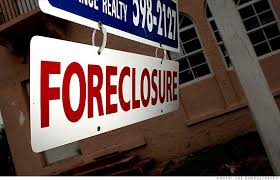 Purchasing foreclosed homes in desirable areas at below-market values can be a sound investment strategy. Appreciation on their original prices may be tax-free. Buying foreclosed rental properties can provide positive cash flow, as well as valuable tax deductions. On the other hand, buying a foreclosure involves homework, patience, and a certain amount of luck. For those wishing to get a bargain house through the foreclosure process, it’s best to learn the basics. Four Ways to Buy a Foreclosed Home
In summary, there are a number of ways to go about buying a foreclosed home, and buyers should exercise patience, persistence and careful planning before buying foreclosed properties. Craftsman Home Inspections llc is a home inspection and Radon Testing company proudly serving the Aurora CO and Denver CO Metro Areas. If you are looking for a Home Inspector in Aurora or Denver, please give us a call at 720-593-0383 or check us out online at CraftsmanColorado.com or simply schedule your home inspection below.
SCHEDULE INSPECTION by Nick Gromicko and Kenton Shepard  There are a number of measures that homeowners can take to ensure that their homes are not attractive to burglars. If clients are concerned about break-ins, inspectors can pass on to them basic strategies for burglar-proofing their homes. Some interesting statistics concerning break-ins in the United States:
According to a survey, burglars enter homes through the following locations:
Some interesting statistics (2002) concerning break-ins in Canada:
In summary, there are a number of tactics that inspectors can pass on to their clients that will help safeguard their homes from break-ins. Craftsman Home Inspections llc is a home inspection and Radon Testing company proudly serving the Aurora CO and Denver CO Metro Areas. If you are looking for a Home Inspector in Aurora or Denver, please give us a call at 720-593-0383 or check us out online at CraftsmanColorado.com or simply schedule your home inspection below.
SCHEDULE INSPECTION by Nick Gromicko and Kenton Shepard  What Is a Bump Key? Most people think a locked door affords them security, but to anyone who knows how to use a bump key, a door lock is just a minor inconvenience. Bump keys are keys cut to a special design that will allow them to be used for picking pin-tumbler locks. Pin-tumbler locks are the world's most popular lock, and these include exterior door entry locks for homes. The process of gaining entry using a bump key is called “bumping,” and it can be very effective. Above: a pin-tumbler lock All the cuts on a bump key are made to the maximum depth, so any key blank can be made into a bump key. Bump keys are manufacturer-specific. A Kwikset lock requires a bump key made from a Kwikset key. The same is true for other lock brands. So, a full set of bump keys would include one for each of the major lockset manufacturers. How Does It Work? Keys operate by aligning tiny spring-loaded pins inside the lock. Once the pins are correctly aligned, the cylinder will turn and the lock can be operated. To use a bump key, the "pull-back" method is common. With this method, the key is inserted all the way in, and then pulled back out one notch. While keeping rotational pressure on the key, it is then bumped into the keyway with the heel of the hand or with a device of some sort. The "bumper" needs to bump the key hard enough to jar the pins, but not so much that the lock or key is damaged. Bumping the key causes the pins to jump slightly. Even this slight amount of motion is enough to allow the bump key to turn the cylinder, unlocking the lock. The image above-left shows the condition just before the key is bumped. The image above-right is just after the key has been bumped. The driver pins (in blue) have bounced above the shear line, while the key pins (in red) are still below the shear line. As long as the shear line is unblocked, the cylinder can turn and the lock will open. Another method for using a bump key, called "minimal movement," is slightly more sophisticated than the pull-back method. Bump-key performance can be improved by filing away an additional 0.25 to 0.5 mm from the key tip and shoulder, allowing the key to be inserted slightly farther into the lock. How Effective Are Bump Keys? The success of the bumper depends on practice. Very little skill is required, and the learning curve is short. Success will also vary with the type of lock and quality of the key. Keys made from soft metal won’t last long. Bumping tends to work better on more expensive locks, since the hard, high-quality parts work more smoothly. Bump keys sometimes deform when they’re hit, causing them to jam in the keyway. They can be difficult to remove. How Can I Tell If a Lock Has Been Bumped? You can sometimes spot a lock that has been opened with a bump key if you see a small indentation just above the keyway. Some older, softer locks will have dents even though they have not been bumped. It’s also possible to make bump keys that are protected from leaving indentations. You may be able to tell that a lock has been bumped, but don’t count on it. Above: a typical bump key Can I Buy a Bump Key? Owning or possessing a bump key is not currently illegal, and bump key sets, and videos on how to use them, are available online. To acquire a bump key, all that’s needed is the identification of the manufacturer of the lock. How Can I Improve My Home's Security? At least two companies, Schlage and Baldwin, make locksets designed to defeat bump keys. But many locks that use a key and the pin-tumbler system are vulnerable to bumping. No standards exist which demonstrate resistance to bumping. The resistance to bumping a deadbolt lockset varies with the manufacturer. Electronic locks that have a key override are also vulnerable. Bump-proof locks are rare and expensive. Bump-resistant locks are much more common. Some (but not all) lockset manufacturers include bump-resistant features in their newer locks. Without buying a new, bump-resistant lock, consumers have two options. Usually, for less than $20, a locksmith can replace the original lock pins with "mushroom" pins, sometimes called spool pins, depending on the manufacturer. While these pins will improve the resistance of the lock, they will not make it bump-proof. Medeco is a company that makes high-end locks. They can provide bump-proof lock cylinders for which a duplicate key is available only through Medeco-authorized dealers. Their cylinders start at around $100, although their less-expensive cylinders may not be bump-proof. Will Insurance Cover Theft? If a home is burglarized using a bump key, the theft may or may not be covered by insurance, depending on how the policy is written. If proof of forced entry is required, the theft may not be covered. Be sure to consult your insurance agent with questions about this. Although bump keys have been around for more than 50 years, their existence has become more widely-known with the advent of the Internet. Consumers should be aware of this potential danger to their home's security. In summary, home inspectors should warn their clients about making sure their door locks are sufficiently secure to prevent unauthorized entry by someone using a bump key. Taking extra safety precautions, such as installing an alarm system, can provide homeowners with enhanced protection of their property. Craftsman Home Inspections llc is a home inspection and Radon Testing company proudly serving the Aurora CO and Denver CO Metro Areas. If you are looking for a Home Inspector in Aurora or Denver, please give us a call at 720-593-0383 or check us out online at CraftsmanColorado.com or simply schedule your home inspection below.
SCHEDULE INSPECTION |
AuthorCraftsman Home Inspections. We are your Aurora and Denver Colorado Home Inspectors. Here you will find useful information about the Home Inspection industry as well as home maintenance tips. Archives
April 2020
Categories |
Our
|
Craftsman Home Inspections llcAt Craftsman Home Inspections we are professionals who promise to give you our best Home inspection every time.
|
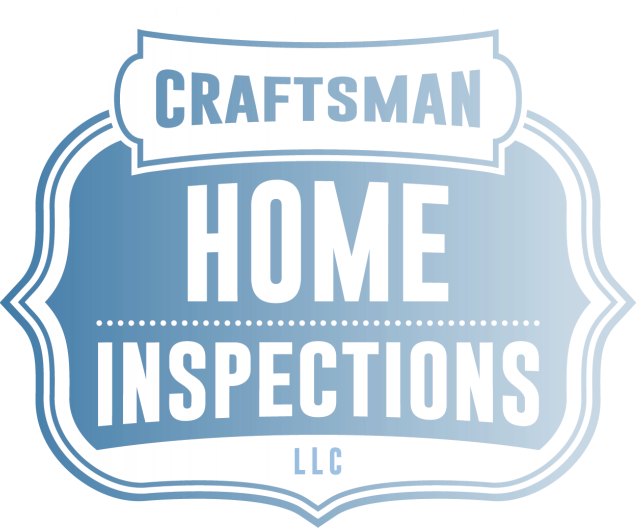
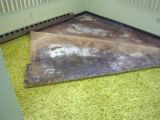

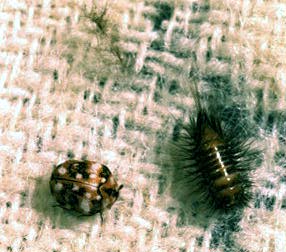
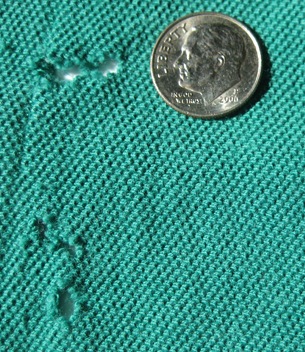
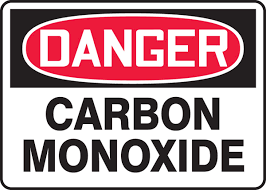
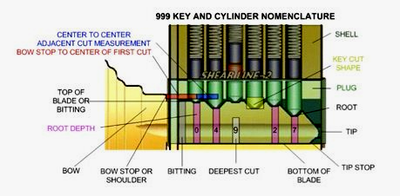


 RSS Feed
RSS Feed


